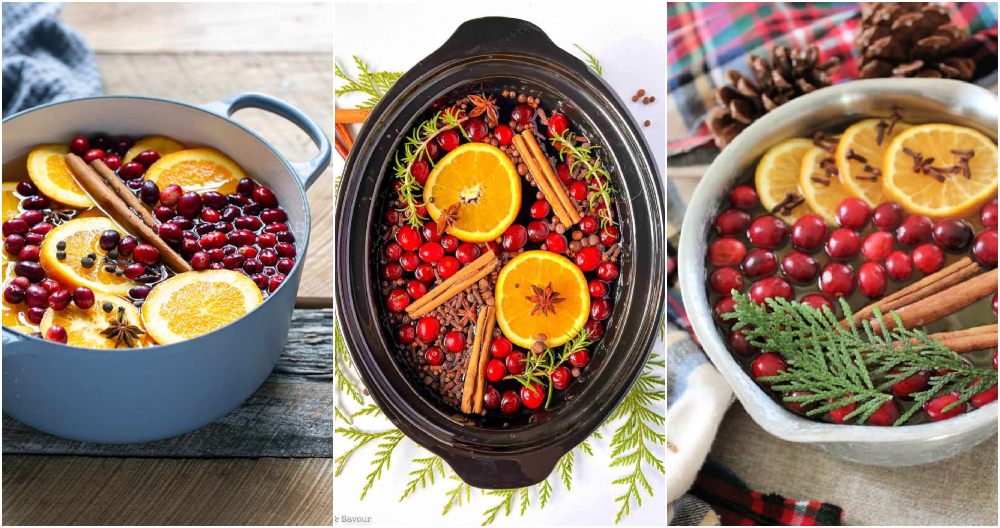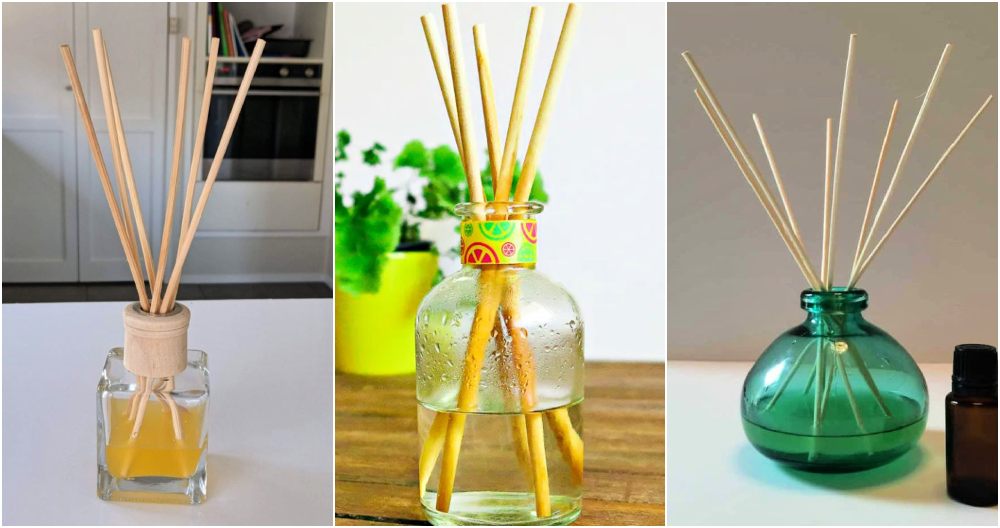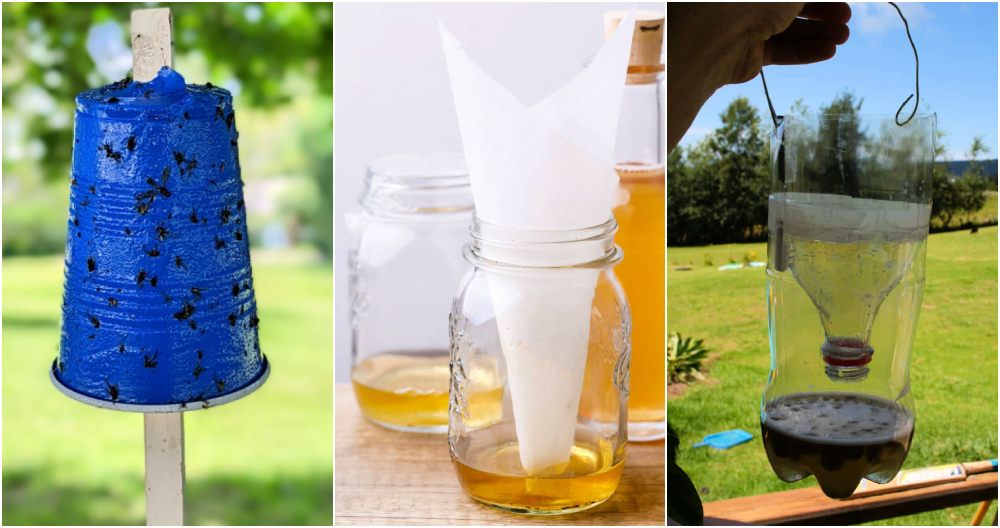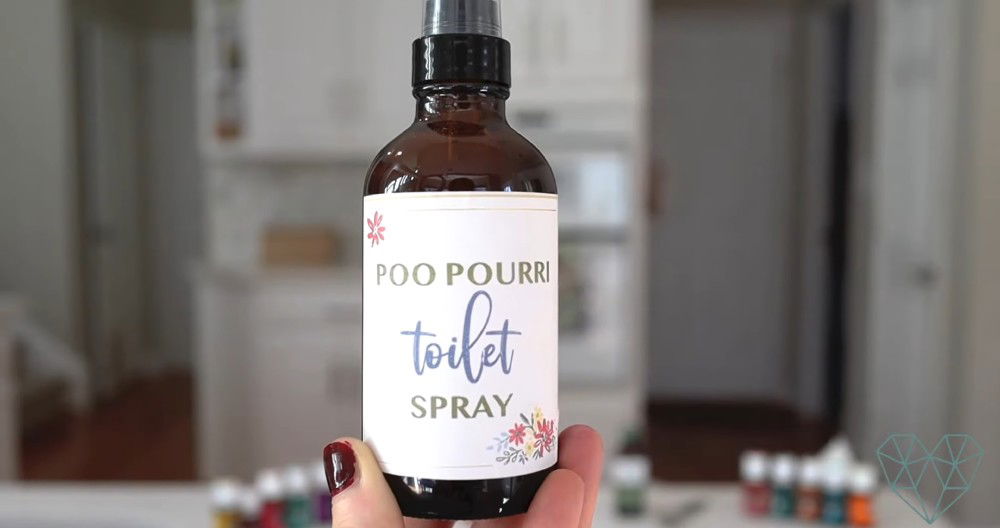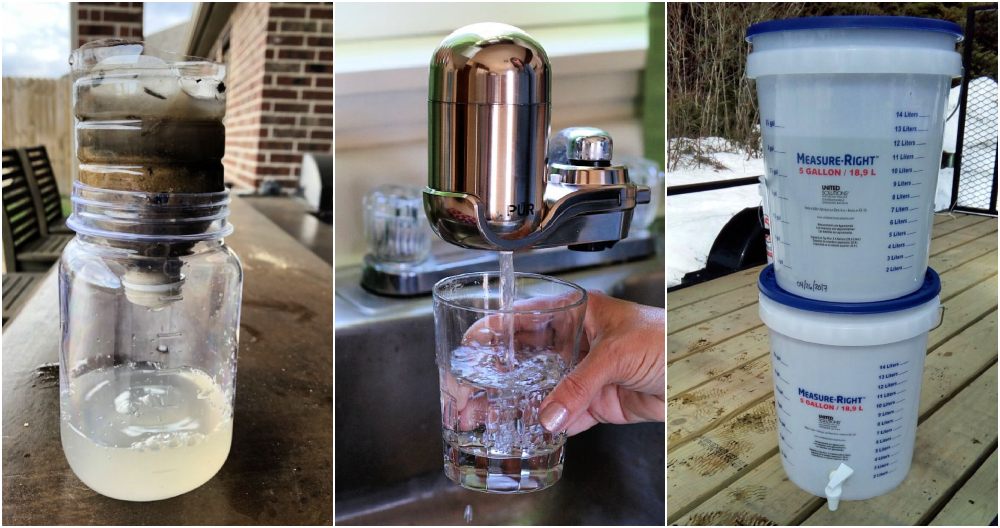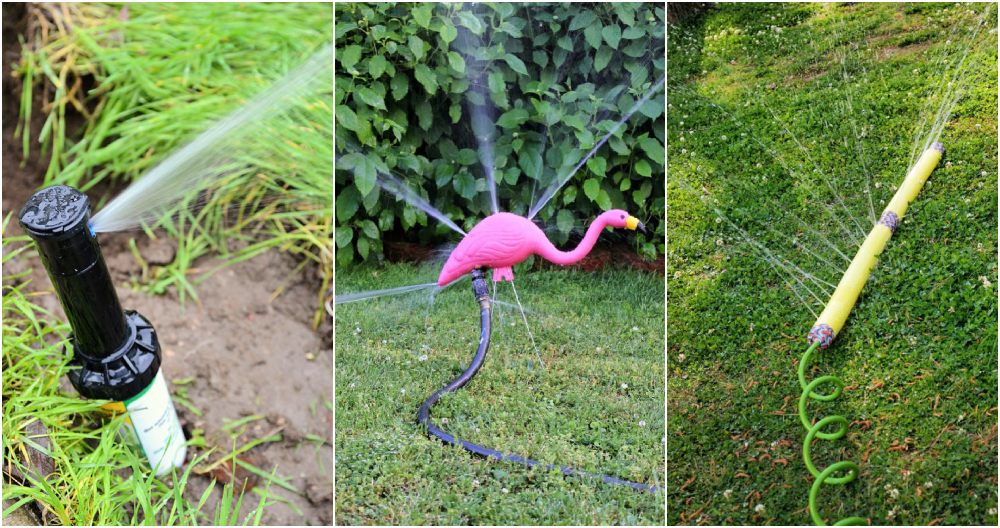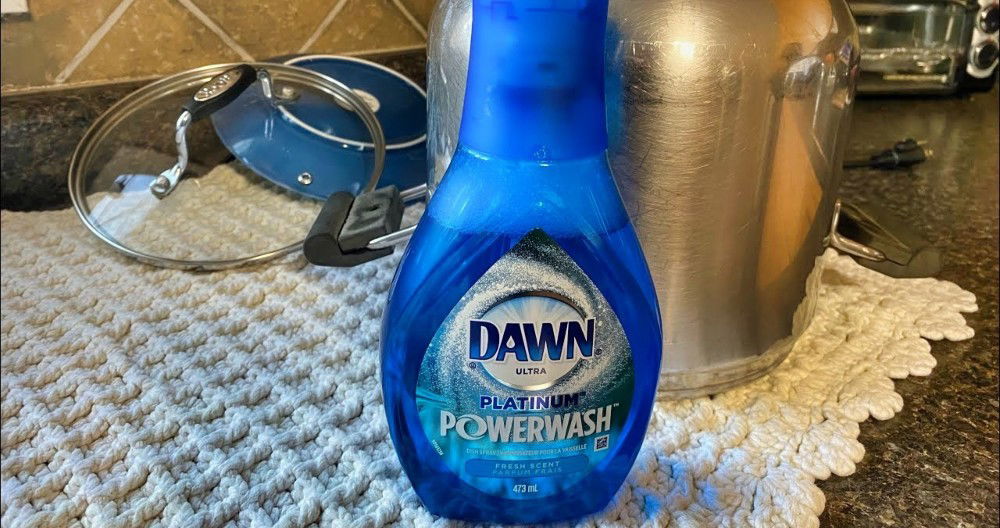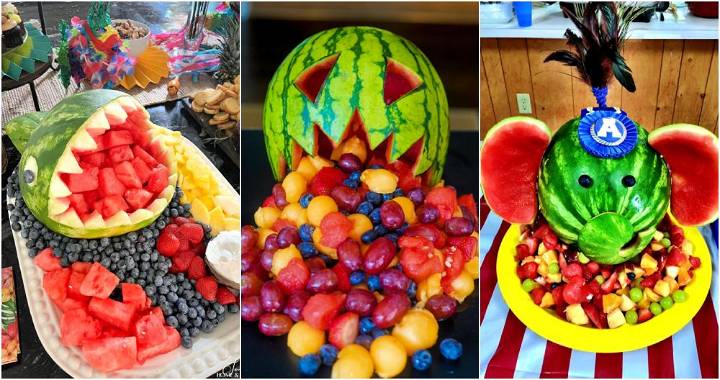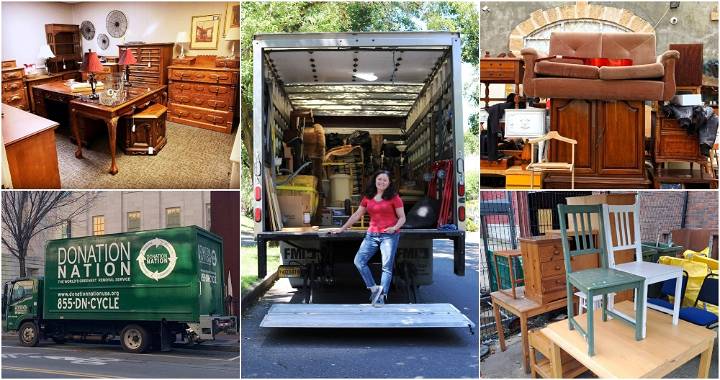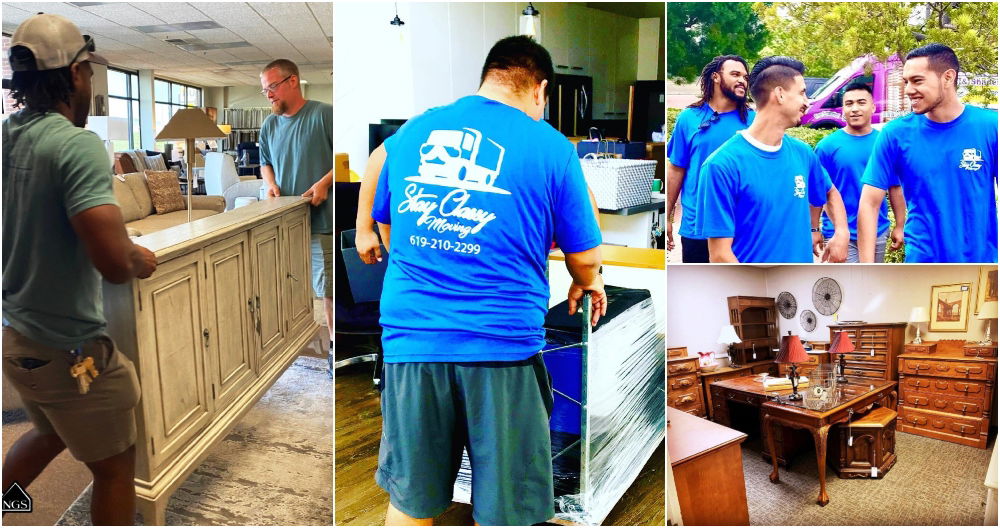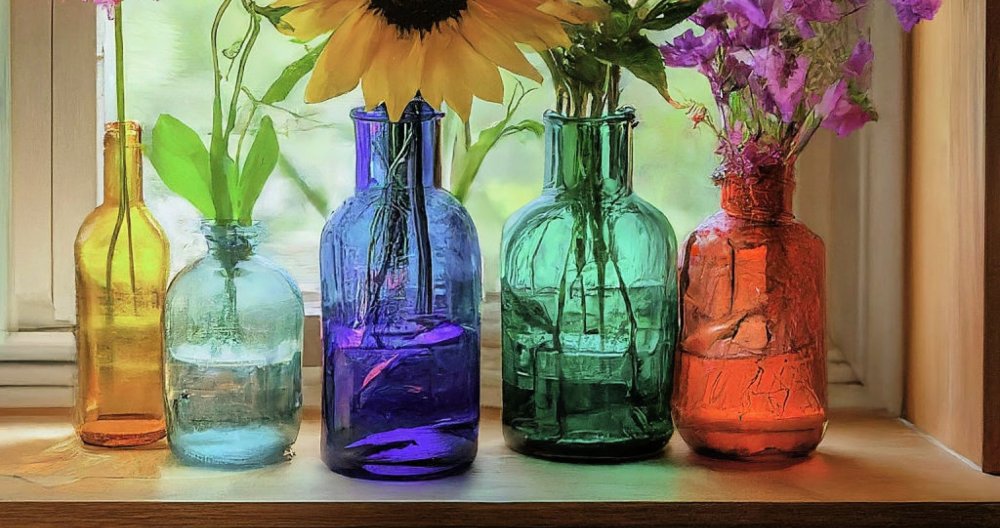Making your own homemade DIY windshield washer fluid can be a fun and cost-effective project. With just a few simple ingredients and some know-how, you can mix up a solution that keeps your windshield clear and your vision unobstructed. This guide will walk you through what you'll need and the steps to make your washer fluid at home. Not only is it satisfying to use something you've made with your own hands, but it can also be a more eco-friendly option than store-bought alternatives.
In this guide, you'll find clear, step-by-step instructions, including mixing ratios, measurements, and safety tips to ensure success. Whether you're aiming to save money, reduce environmental impact, or just love DIY projects, this guide has got you covered. We'll also explore the benefits of choosing DIY, offer a cost comparison with store-bought fluids, and address common issues that might arise.
Keep reading to unlock these insights and get started on making your own windshield washer fluid.
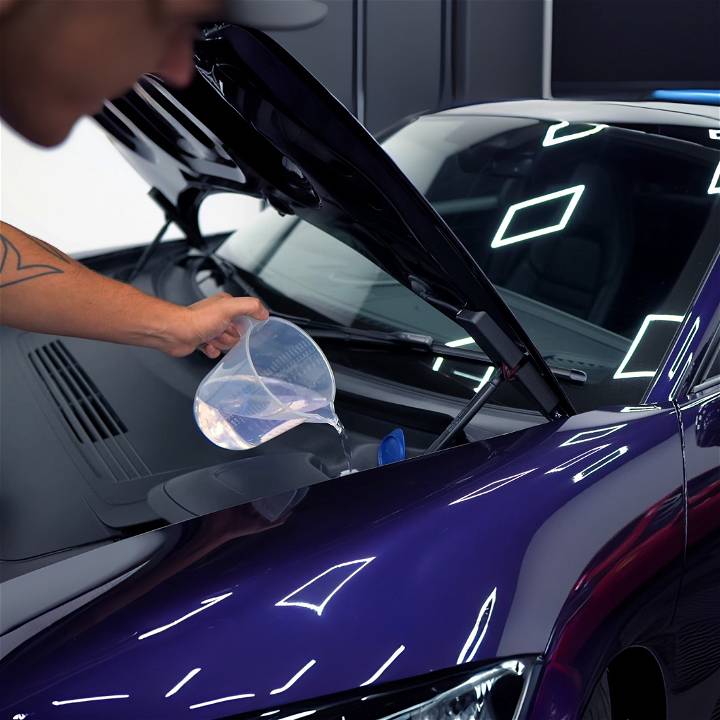
What You'll Need
- Pure Deionized Water (0 parts per million): This type of water ensures no mineral-induced water spots after application.
- Glass Cleaner Concentrate: Make sure it's a pure cleaner with excellent degreasing capabilities but without polymers or waxes, which could interfere with your vehicle's systems or glass clarity.
- Measuring Jug
- Clean Empty Bottle (1 Liter Capacity)
Step by Step Instructions
Discover the secret to a streak-free finish with DIY windshield washer fluid below:
Understanding the Ratio:
The magic dilution ratio is 49 parts water to 1 part glass cleaner. This ratio ensures optimal cleaning power without overpowering chemical action that could damage your vehicle.
Measurement:
For a 1-liter solution, you need to mix 980 ml of pure deionized water with 20 ml of your chosen glass cleaner concentrate. Measure these amounts using your measuring jug for accuracy.
Mixing:
Pour the 980 ml of deionized water into your clean bottle first. Then, carefully add the 20 ml of glass cleaner concentrate to the water.
Shake Gently:
Once both components are in the bottle, close the lid tightly and give the bottle a gentle shake to ensure the mixture is well blended.
Filling the Reservoir:
Carefully pour the mixed solution into your vehicle's windshield washer fluid reservoir. Try to do this slowly to avoid spillage.
Testing:
It's always good to test your new DIY mixture. Activate your windshield washer fluid system to see how it performs. You should notice a streak-free finish and clearer visibility.
Why Choose DIY?
Choosing to make your own windshield washer fluid means you're not only potentially saving money but also avoiding harsh chemicals found in some commercial products. This DIY solution is not just effective in cleaning; it's also gentler on your vehicle's components and finishes, providing peace of mind for environmentally conscious drivers.
Video Tutorial
For a step-by-step video tutorial, watch this helpful guide on YouTube.
It pairs well with this written guide, turning the instructions into action right before your eyes in a manner that's simple to grasp and follow.
By following this guide, you'll keep your windshield clean and well-maintained without harsh chemicals. Enjoy the simplicity and effectiveness of homemade washer fluid, and feel good about eco-friendly car care.
Safety Measures
When preparing and using homemade windshield washer fluid, it's crucial to prioritize safety. Here are some important safety measures to keep in mind:
Handling Ingredients
Isopropyl Alcohol: This is a common ingredient in homemade windshield washer fluid due to its ability to lower the freezing point of water. However, it's also flammable and can be harmful if swallowed or inhaled. Always handle with care, use in a well-ventilated area, and store safely away from children and pets.
Dish Soap: While generally safe, it can cause eye irritation. Avoid direct contact with eyes and rinse thoroughly if this occurs.
Preparation Safety
Avoid Mixing with Bleach: Never mix isopropyl alcohol with bleach. The combination can produce chloroform, a toxic compound.
Use Appropriate Containers: Use a container that can safely hold the mixture. Avoid using containers that previously held food or drink to prevent accidental ingestion.
Usage Safety
Check for Allergies: Before using the homemade washer fluid, make sure you're not allergic to any of the ingredients. If you're unsure, test a small amount on your skin first.
Proper Application: Apply the fluid only to the windshield using the vehicle's washer fluid system. Avoid direct contact with the skin and eyes.
Safety should always be your first priority. By following these guidelines, you can ensure that your homemade windshield washer fluid is both effective and safe to use.
Cost Comparison
Understanding the cost-effectiveness of homemade windshield washer fluid versus store-bought options can help you make an informed decision. Here's a breakdown:
Cost of Homemade Windshield Washer Fluid
The primary ingredients for a homemade solution are water, isopropyl alcohol, and dish soap. Here's an approximate cost:
- Water: Essentially free.
- Isopropyl Alcohol: A 16 fl oz bottle costs around $2-$4, and you'll only need about a quarter of this for one batch of fluid.
- Dish Soap: A 40 fl oz bottle costs around $3-$5, and a small squirt is enough for one batch.
So, the total cost per batch (approximately 1 gallon) of homemade windshield washer fluid can be less than $1.
Cost of Store-Bought Windshield Washer Fluid
A gallon of ready-made windshield washer fluid typically costs around $3-$5, depending on the brand and whether it includes antifreeze properties.
The Bottom Line
While the cost difference might seem small per batch, it adds up over time. If you use one gallon of washer fluid per month, switching to a homemade solution could save you $24-$48 per year. Plus, you have the added benefits of knowing exactly what's in your washer fluid and the satisfaction of a DIY project.
Please note that prices can vary based on location and availability. It's always a good idea to do your own cost analysis based on current prices in your area.
While cost is an important factor, it should not compromise the effectiveness and safety of the product. Always ensure that your homemade windshield washer fluid meets your requirements and is safe for use in your vehicle.
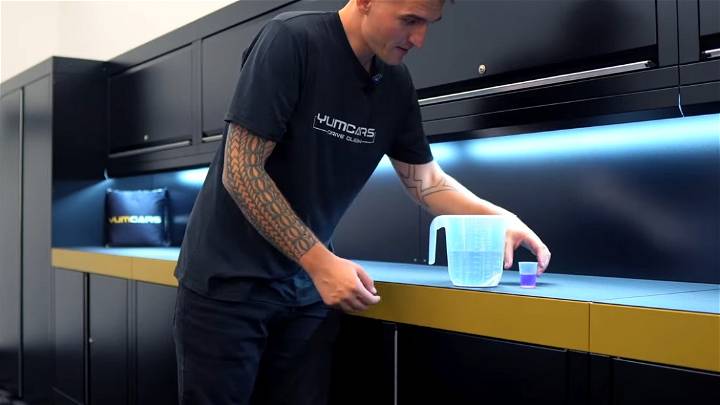
Environmental Impact
The environmental impact of homemade windshield washer fluid versus store-bought options is an important consideration. Here's a detailed analysis:
Homemade Windshield Washer Fluid
Reduced Plastic Waste: By making your own windshield washer fluid, you can reuse the same container multiple times. This reduces the amount of plastic waste generated from buying new containers.
Less Chemical Pollution: Homemade windshield washer fluid typically uses fewer harsh chemicals than store-bought options. This means less chemical pollution ends up in our waterways when the fluid is used.
Store-Bought Windshield Washer Fluid
Plastic Waste: Each time you purchase a new container of windshield washer fluid, it contributes to plastic waste once the container is empty.
Chemical Pollution: Store-bought windshield washer fluid often contains methanol, a toxic substance that can harm wildlife and contaminate water sources.
The Bottom Line
While both options have their pros and cons, homemade windshield washer fluid appears to have a lower environmental impact. It's a small change, but every bit helps when it comes to protecting our planet.
It's important to dispose of any windshield washer fluid—homemade or store-bought—in a responsible manner to minimize environmental harm. Always follow local regulations for the disposal of such substances.
Please consider the environmental impact of ingredients and practices when choosing between homemade and store-bought options—research before deciding.
Troubleshooting
When making and using homemade windshield washer fluid, you might encounter some issues. Here are some common problems and their solutions:
Problem: Washer Fluid Freezes
Solution: If your homemade washer fluid freezes, it might be due to insufficient isopropyl alcohol in the mixture. Isopropyl alcohol lowers the freezing point of the fluid. Try increasing the amount of isopropyl alcohol in your mixture.
Problem: Washer Fluid Doesn't Clean Well
Solution: If the fluid isn't cleaning as well as you'd like, it could be due to not enough dish soap in the mixture. The dish soap helps to break down dirt and grime on the windshield. Try adding a bit more dish soap to your mixture.
Problem: Washer Fluid Leaves Streaks
Solution: Streaks on the windshield might be due to too much dish soap in the mixture. Too much soap can leave a residue on the windshield. Try reducing the amount of dish soap in your mixture.
Problem: Washer Fluid Causes Irritation
Solution: If the fluid causes skin or eye irritation, you might be sensitive to one of the ingredients. Try using a different brand of dish soap or wear gloves when handling the fluid.
Troubleshooting is trial and error. Prioritize safety when adjusting homemade washer fluid. Switch to store-bought if issues persist.
Frequently Asked Questions
Here are some frequently asked questions about homemade windshield washer fluid:
What is the purpose of windshield washer fluid?
Windshield washer fluid helps to clean the windshield while driving, improving visibility and safety. It removes dirt, grime, bug splatter, and other debris from the windshield.
Why should I make my own windshield washer fluid?
Making your own windshield washer fluid can be cost-effective and environmentally friendly. It allows you to control the ingredients, reducing the use of harsh chemicals.
What ingredients do I need to make homemade windshield washer fluid?
The basic ingredients for homemade windshield washer fluid are water, isopropyl alcohol, and a few drops of dish soap.
Can I use tap water to make windshield washer fluid?
Yes, you can use tap water. However, distilled water is recommended as it doesn't contain minerals that could leave deposits on your windshield or clog the washer system.
Is homemade windshield washer fluid safe for all vehicles?
Generally, yes. However, it's always a good idea to check your vehicle's manual for any specific recommendations or warnings.
Can I use vinegar instead of isopropyl alcohol?
While vinegar can also lower the freezing point of water, it's not as effective as isopropyl alcohol. It may also leave a residue on your windshield and has a strong odor.
Why does my homemade windshield washer fluid freeze?
If your homemade washer fluid freezes, it might be due to insufficient isopropyl alcohol in the mixture. Increasing the amount of isopropyl alcohol can lower the freezing point.
Can I add food coloring to my homemade windshield washer fluid?
While you can add food coloring to help distinguish your washer fluid, it's not recommended as it could stain your vehicle's paint or leave a residue on the windshield.
How should I store my homemade windshield washer fluid?
Store your homemade windshield washer fluid in a clean, empty container with a tight-fitting lid. Keep it out of reach of children and pets.
How often should I replace the windshield washer fluid?
It depends on how often you use it. However, a good rule of thumb is to check your fluid level monthly and refill as needed.
Conclusion:
In conclusion, mastering the craft of making homemade DIY windshield washer fluid is both a cost-effective and environmentally friendly option for keeping your windshield clear and clean. This guide has walked you through the essentials—from gathering the right ingredients to step-by-step instructions on mixing and filling your reservoir.
Additionally, understanding the significance of choosing DIY over store-bought options can have a considerable impact not just on your wallet but on the planet as well. Remember to follow the safety measures closely to ensure a successful and safe creation process. So, the next time your vehicle needs a refill, consider making your windshield washer fluid at home. It's an easy, budget-friendly, and satisfying task that contributes positively to your driving experience and the environment.


